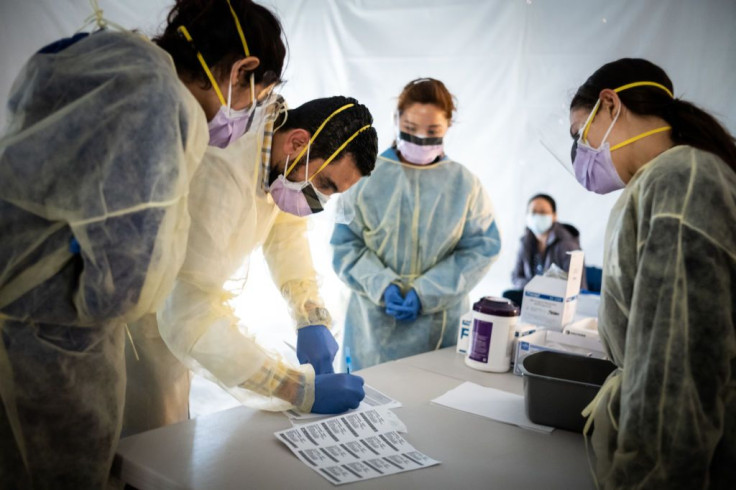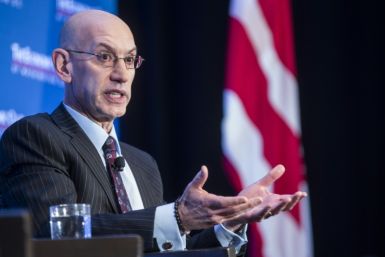Coronavirus Recovery: These US Cities Will Recover Quickest From COVID-19, Study Reveals

The high contagiousness of COVID-19 means among the first places in the United States that might see the quickest post-pandemic economic recoveries from the ongoing recession will be less densely populated cities with highly-educated workforces.
This assessment of the new economic realities that will fully manifest in 2021 was made in a report by Moody’s Analytics, which examined the top 100 metro areas in the U.S. The report found out that educational attainment and a city’s population density will be the two key factors determining how fast a city can recover from the immense economic ravages wrought by the pandemic.
The two factors combine perfectly in Durham, North Carolina (population: 275.000), where there is a low population density and an economy built around Duke University, which has a student population of more than 16,000.
"Some of the places that we're really looking at now would be places that have high degrees of educational attainment but are lower density ... [that] have grown very, very well over the last five or six years in particular, are pretty well positioned coming out of this whenever we do," wrote Adam Kamins, senior regional economist at Moody's Analytics, in the report, Yahoo noted.
"You could see possibly where we get in a situation four or five years down the road where the pool of available first year workers that have recently graduated colleges is less than usual."
Apart from Durham, these fortunate few by Moody's Analytics standards include Austin, Texas; Denver, Colorado; Des Moines, Iowa; Madison, Wisconsin; Minneapolis, Minnesota; Omaha, Nebraska; Salt Lake City, Utah; San Jose, California; Seattle, Washington; and Washington D.C.
Kamins said the most dynamic recoveries might well bypass traditional big city powerhouses and instead take place in areas that weren't poised to lead the way before the coronavirus changed everything. He pointed out a key difference between this recovery and the last recovery from the Great Recession of 2008-09 is population density.
"It's going to have a different effect this time than it did last time," said Kamins. "Big densely populated cities ... are going to be viewed as inherently risky."
Kamins noted this new dynamic is the opposite of what occurred after the Great Depression where "the first place is out of the recession were big densely populated global cities."
The Moody's report said many east coast cities, apart from Washington D.C. won't likely fare well in the economic recovery due to their dense populations. Traditional top tourist destinations such as Las Vegas, New York and Miami are going to be confronted with the hardest path to recovery, said Moody's.






